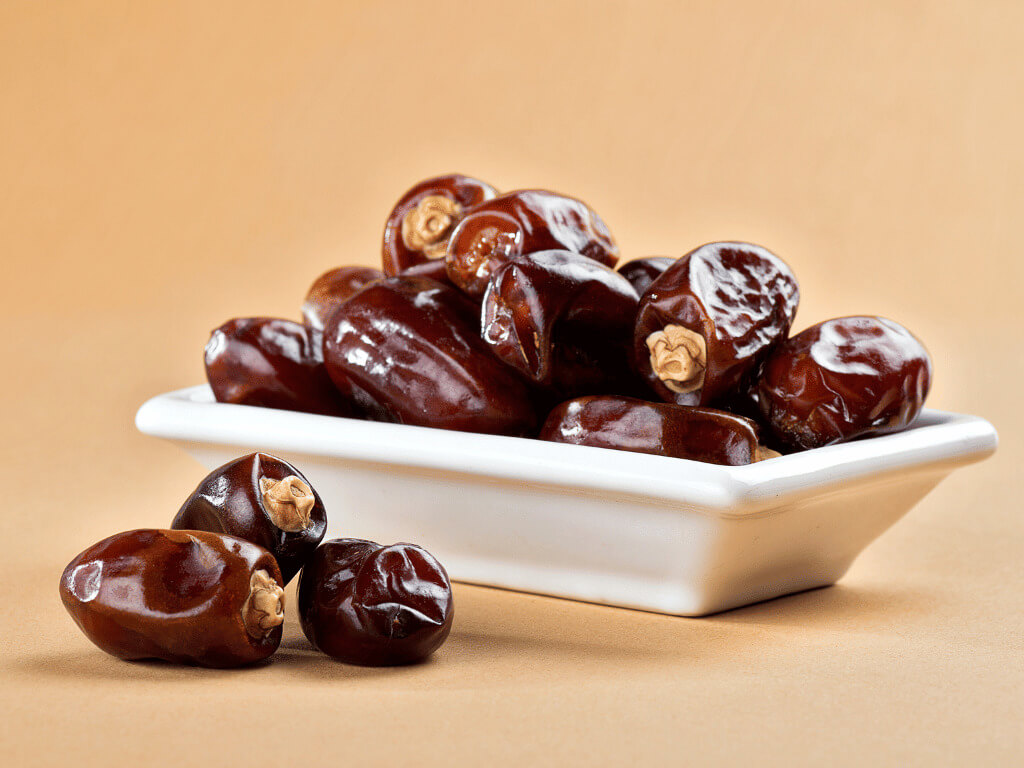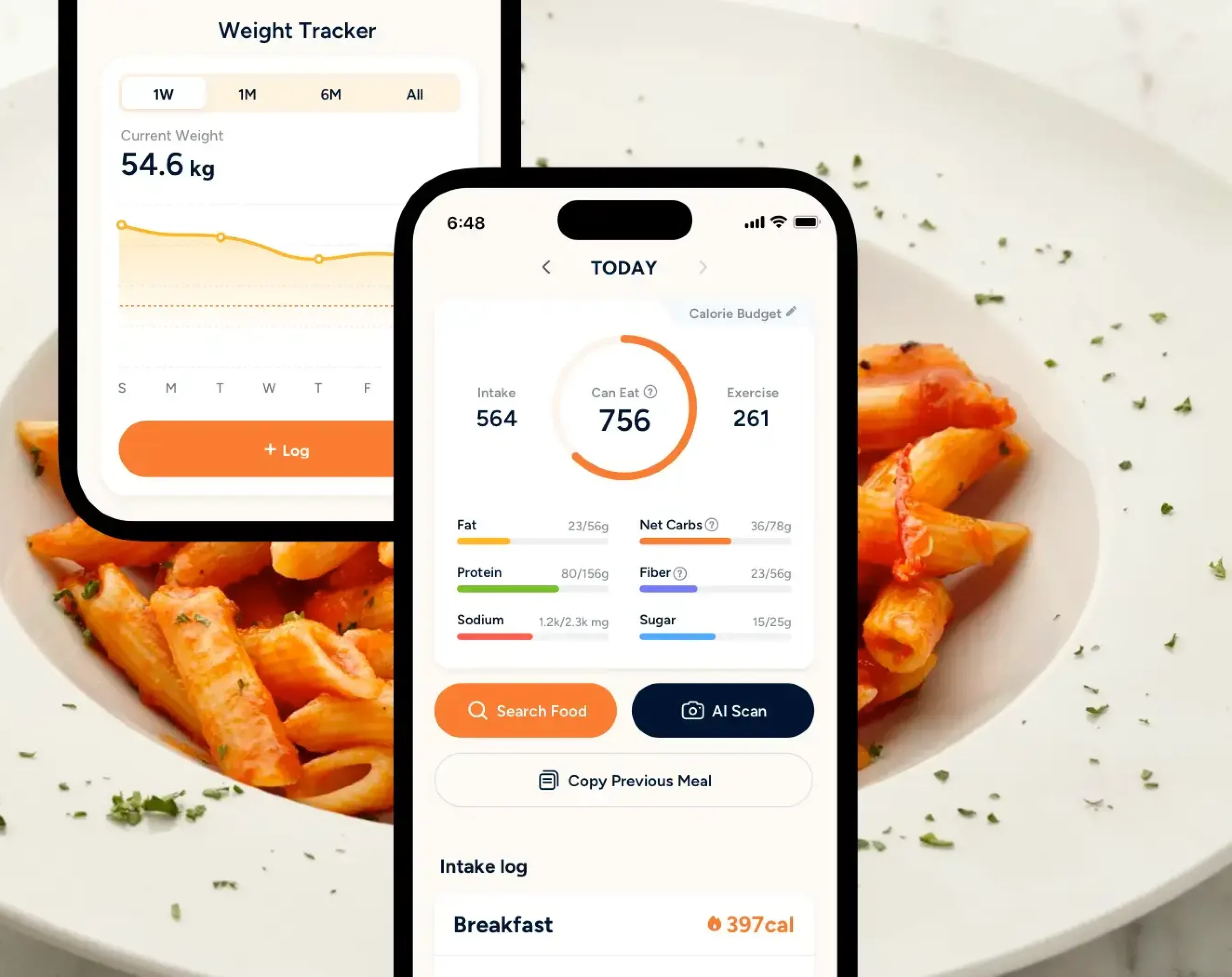“Clean eating” has become a popular buzzword in the health and wellness world. But what does it really mean? In this article, we’ll unpack the meaning of clean eating, its benefits, and how you can make it work in your daily life without feeling restricted.
Key Takeaways
- Clean eating is an approach that focuses on whole, minimally processed foods rather than strict rules or fad diets.
- A healthy plate should include fruits, vegetables, lean proteins, whole grains, and healthy fats.
- Avoid taking clean eating to extremes, as it can lead to over-restriction or nutrient deficiencies.
- Paying attention to hunger cues and eating slowly improves satisfaction and reduces overeating.
What Is Clean Eating?

Although there is no official definition of what “clean eating” means, it can be interpreted as a dietary approach that emphasizes eating foods that are real or natural.
By real or natural, it means eating whole foods such as whole fruits, whole grains, vegetables, lean proteins, nuts and seeds while avoiding highly processed foods. Minimally processed foods may also fit in a clean diet [1].
Clean Eating Diet Principles
The key principles of a clean diet are as follows:
1. Prioritize whole foods
Focus on including whole foods so that it is a balanced diet. This means including food groups that are minimally processed, such as fruits, vegetables, whole grains, lean protein, dairy products, nuts, and seeds. They also contain essential vitamins such as Vitamin C and A, minerals, and antioxidants, all of which are beneficial in cardiovascular disease prevention [2]. Similarly, whole grains like brown rice, quinoa, and oats are good for improving digestion, reducing the risk of heart disease, and helping with managing weight [3]. Lean protein options such as chicken, fish, shellfish, beans, and soy products are essential for building and maintaining the muscles, tissues, and bones in the body [4].
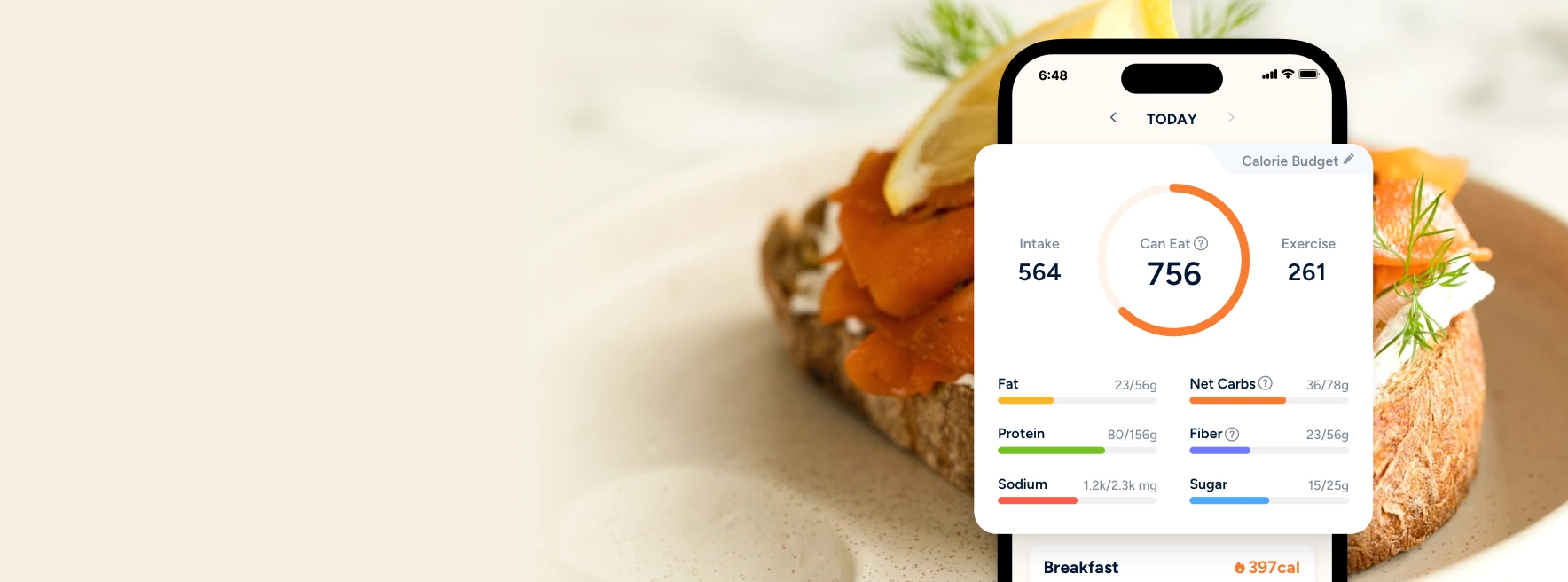
Smarter Nutrition Tracking
Track calories and over 100 other nutrients all in one place.
Download Eato For Free2. Limit or eliminate processed foods

As much as possible, try to limit or eliminate processed foods from your diet. This includes processed meats, packaged foods, or foods with a lot of additives in them.
Processed foods often contain too much saturated fats, added sugar, and sodium. All of these can contribute to an increased risk of weight gain, heart disease, and high blood pressure [5].
3. Drink plenty of water throughout the day
Ensure that you drink water frequently throughout the day. It not only keeps you hydrated but it also helps to flush the bacteria and toxins, keep your blood pressure controlled, and help with body temperature regulation.
According to Harvard Health, you should aim to drink around 11.5 to 15.5 cups of water a day to stay hydrated. A good part about drinking enough water is also that it can help to prevent overeating [6].
4. Control your food portions
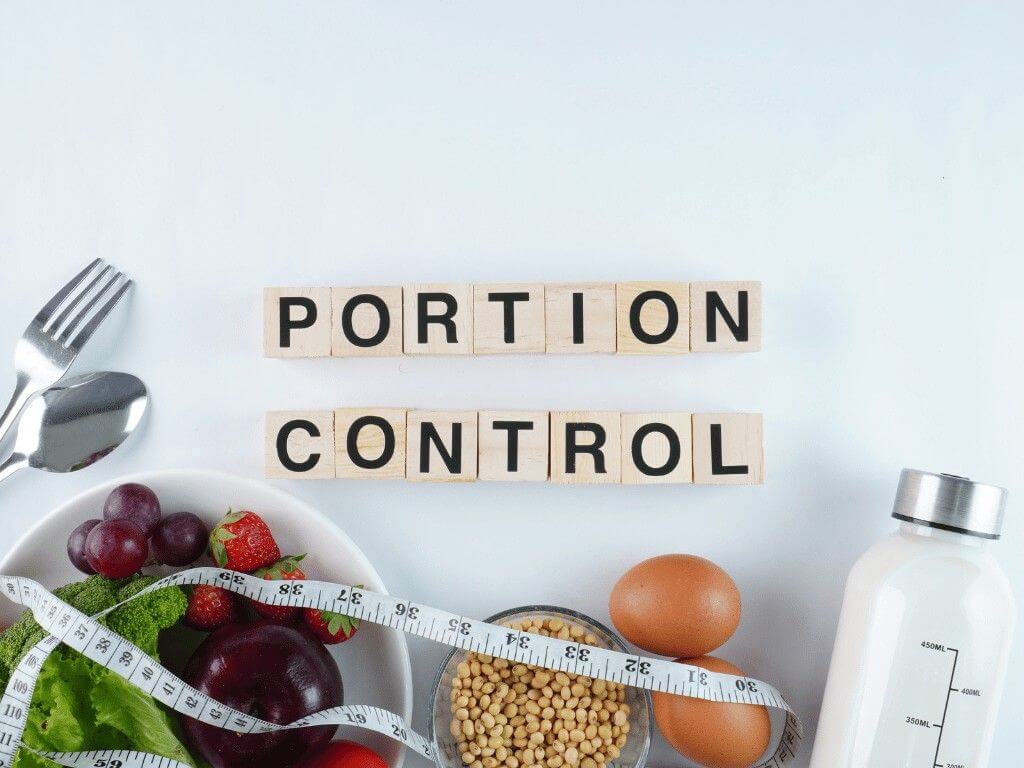
Another thing to take note of is the food portions that you are eating. For a well-balanced diet, keep in mind that you should have at least half your plate filled with fruits and vegetables, a quarter of your plate filled with lean protein, and the remaining quarter of your plate should be filled with whole grains.
5. Stay clear of salt and added sugars
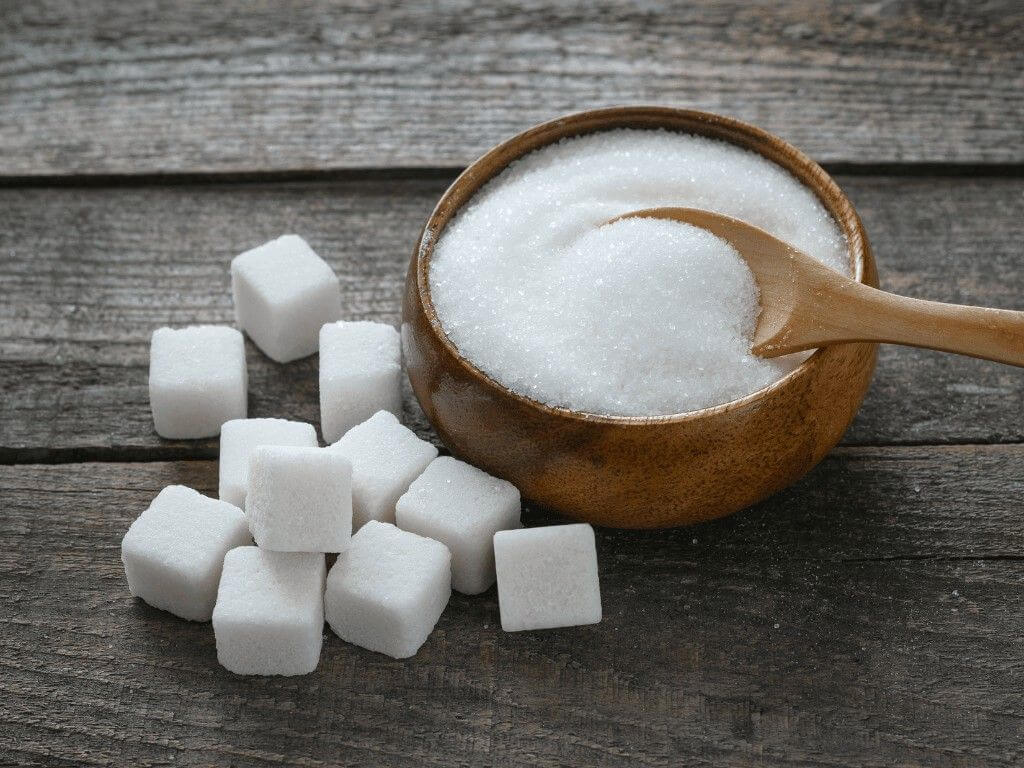
Be careful of taking in too much sodium and added sugars in your diet. Consuming excessive amounts of salt and added sugar can predispose you to health conditions such as diabetes, heart disease, or stroke. Reducing your sodium intake is beneficial for lowering blood sugar, helping you lose weight, and preventing chronic health problems.
6. Eat mindfully
Lastly, you want to remember to eat mindfully. This means paying attention to when your body is hungry and full. Take your time to chew your food and feel the different textures and tastes in your mouth instead of being distracted during mealtimes. It’s important to slow down and focus on what you are eating without any distractions.

Smarter Nutrition Tracking
Track calories and over 100 other nutrients all in one place.
Download Eato For FreeList of Clean Foods
Here’s a list of whole, unprocessed foods that you can add as part of a healthy diet if you plan to adopt a clean eating lifestyle:
Fruits
- Apples
- Bananas
- Berries (blueberries, strawberries, raspberries)
- Oranges
- Grapes
- Mangoes
- Pineapple
- Pears
- Kiwi
Vegetables
- Leafy greens (spinach, kale, arugula)
- Broccoli
- Cauliflower
- Carrots
- Bell peppers
- Zucchini
- Cucumbers
- Sweet potatoes
- Tomatoes
Whole Grains
- Brown rice
- Quinoa
- Oats (rolled or steel-cut)
- Barley
- Millet
- Whole wheat bread/pasta
Proteins
- Eggs
- Chicken (lean cuts)
- Turkey
- Fish (salmon, sardines, cod, tuna)
- Lean beef (grass-fed if possible)
- Legumes (beans, lentils, chickpeas)
- Tofu & tempeh
Healthy Fats
- Avocados
- Nuts (almonds, walnuts, cashews)
- Seeds (chia, flax, pumpkin, sunflower)
- Olive oil
- Coconut oil
Dairy & Alternatives
- Plain Greek yogurt
- Cottage cheese
- Unsweetened plant milks (almond, oat, soy)
Beverages
- Water
- Unsweetened teas
- Black coffee, unsweetened
What Does a Clean Eating Meal Plan Look Like?
A clean eating meal plan is built around whole, minimally processed foods, balanced meals, and nutrient-dense snacks. It’s about choosing quality ingredients and remembering to eat mindfully and sustainably.
Here is an example of a 1-Day clean eating meal plan and the kind of foods it consists of, to give you a better idea:
Breakfast:
- Overnight oats made with rolled oats, chia seeds, and almond milk
- Topped with fresh berries and a spoonful of almond butter
- Herbal tea or black coffee
Lunch:
- Grilled chicken breast or chickpeas
- Quinoa tossed with roasted vegetables, lemon olive oil dressing
Afternoon Snack:
- Greek yogurt with sliced banana and flaxseeds
Dinner:
- Baked salmon (or tofu) with a side of steamed broccoli and sweet potato
- Side salad of spinach, cucumber, and avocado with a light vinaigrette
Is a Clean Eating Diet Healthy?
In short, a clean-eating diet can be a healthy approach as it emphasizes eating whole, unprocessed foods.
However, the concern with it is that some people may take it too far and become too fixated on eating in a “good” way. They may start restricting the foods that they eat and develop an eating disorder.
When following a clean-eating diet, caution must be practiced. Always listen to your body and get proper advice from a registered dietitian before changing your diet.
Health Benefits of Eating Clean Foods
Eating clean foods that are whole, minimally processed, and nutrient-dense offers a wide range of health benefits for both body and mind. Here are the key ones:
| Health Benefit | Description |
|---|---|
| Improved nutrition | Clean foods are rich in vitamins, minerals, antioxidants, and fiber, supporting overall health and optimal body function. |
| Better digestion | High-fiber foods such as vegetables, fruits, legumes, and whole grains promote digestive health, regular bowel movements, and a balanced gut microbiome. |
| Stable energy levels | Avoiding refined sugars and processed carbohydrates prevents blood sugar spikes and crashes, maintaining steady energy throughout the day. |
| Better weight management | Nutrient-dense foods enhance satiety, reduce cravings, and support healthy weight maintenance without restrictive dieting. |
| Heart health | Whole foods like leafy greens, nuts, seeds, olive oil, and fatty fish help lower LDL cholesterol and reduce inflammation for cardiovascular protection. |
Risks of a Clean Eating Diet
While clean eating is generally healthy, following it too rigidly can carry risks. Here are the potential downsides to be aware of:
| Potential Risk | Description |
|---|---|
| May lead to orthorexia nervosa | Becoming excessively focused on eating only “pure” or “clean” foods can develop into orthorexia nervosa, a condition causing stress, guilt, and anxiety around food choices. |
| Leads to nutritional deficiencies | Eliminating entire food groups without proper substitutes may reduce intake of essential nutrients such as calcium, iron, vitamin D, and complex carbohydrates. |
| Causes over-restriction | Excessive dietary rigidity can make eating stressful and limit social flexibility, affecting participation in dining out or enjoying favorite foods. |
| May produce emotional distress | The pressure to maintain a “perfect” diet can create guilt, shame, or failure when deviating from the plan, negatively affecting mental health and food relationships. |
The Final Takeaway: Maintaining a Healthy Lifestyle
Counting calories, restricting large amounts of food groups like the carnivore diet or even water fasting, can be both mentally and physically exhausting to do sustainably for most people. Instead of adhering to such strict restrictions, clean eating can be a friendlier alternative.
Likewise, Eato can make it easier to eat well without the pressure. With personalized meal plans and goal tracking that match your lifestyle, you can be sure to focus on progress, and not perfection. Try it today for free!

Smarter Nutrition Tracking
Track calories and over 100 other nutrients all in one place.
Download Eato For Free
